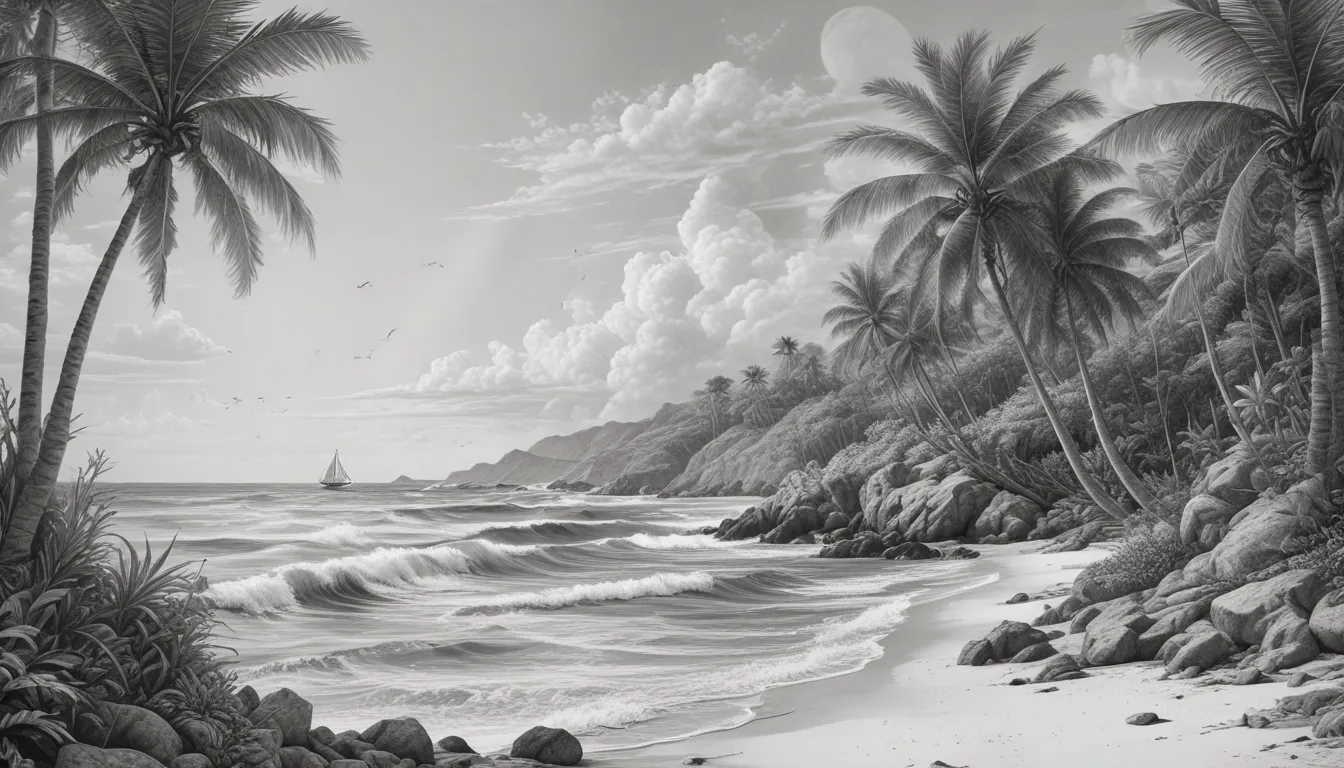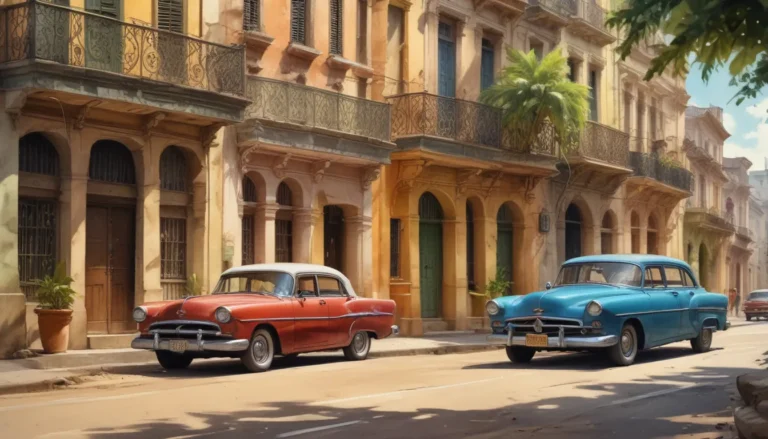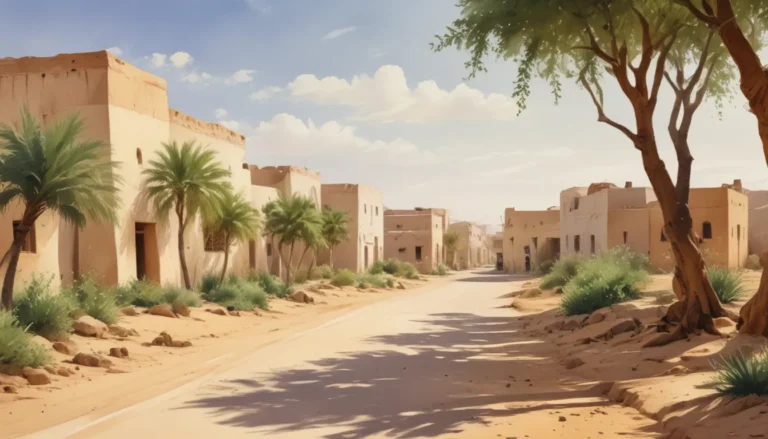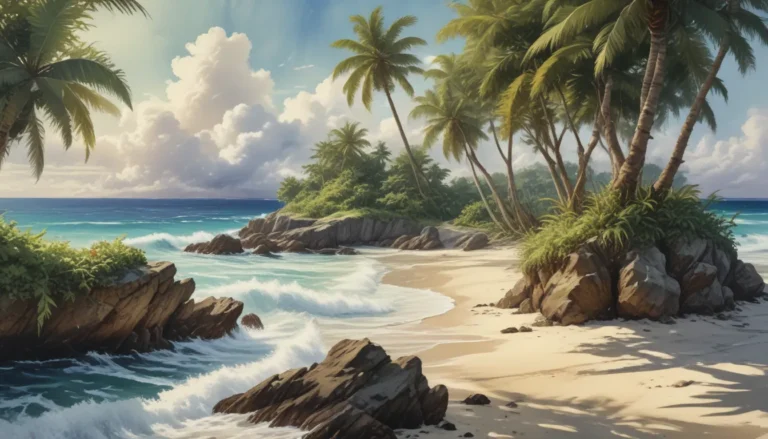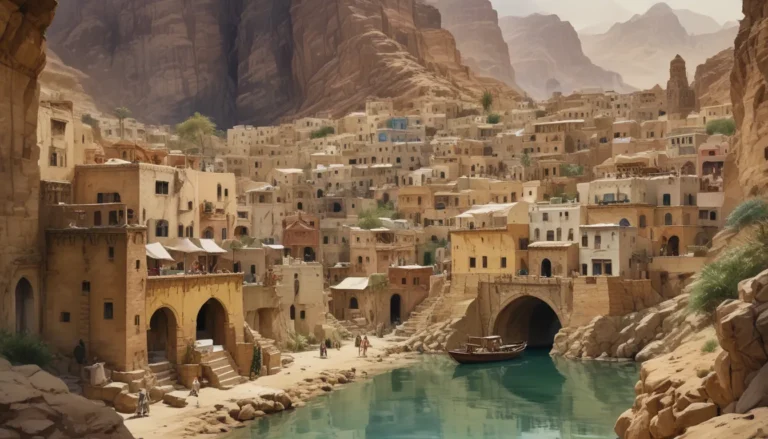The images in our articles are for illustrative purposes only and may not exactly match the content. They are intended to capture your interest and complement the text, not to replace it.
Welcome to the stunning world of the Caribbean Sea! This vibrant body of water is teeming with rich history, breathtaking marine life, and awe-inspiring landscapes. Stretching over 1.06 million square miles, the Caribbean Sea is a true gem located in the western part of the Atlantic Ocean. Let’s embark on a journey to explore 11 fascinating facts about this captivating sea, delving into its geography, marine ecosystems, cultural significance, and more.
Location and Geography
Situated in the tropics, the Caribbean Sea is bordered by the Greater Antilles to the north, the Lesser Antilles to the east, Central America to the south, and the Yucatan Peninsula of Mexico to the west. This picturesque region is home to thousands of islands, islets, and cays, boasting diverse landscapes ranging from pristine beaches to lush rainforests.
Crystal Clear Waters
One of the most enchanting characteristics of the Caribbean Sea is its crystal-clear turquoise waters. The absence of major river systems and low levels of sedimentation contribute to the exceptional clarity of these waters. As a result, the Caribbean Sea offers unparalleled visibility for activities like snorkeling, scuba diving, and swimming.
Biodiversity and Coral Reefs
The Caribbean Sea is a treasure trove of marine biodiversity, hosting a wide variety of coral reefs that are renowned for their beauty and diversity. These vibrant reefs are home to colorful fish, sea turtles, rays, and a plethora of stunning coral species, making it a paradise for marine enthusiasts and nature lovers alike.
The Great Blue Hole
Off the coast of Belize lies the world-famous Great Blue Hole, an underwater sinkhole that measures approximately 1,000 feet in diameter and 400 feet in depth. This natural marvel attracts adventurous souls from around the globe who seek to explore its unique geological features and encounter diverse marine life in its depths.
Pirates of the Caribbean
The Caribbean Sea has a storied history of piracy, with infamous pirates like Blackbeard, Calico Jack, and Anne Bonny making their mark during the 17th and 18th centuries. The tales of plunder and adventure from this era have woven a rich tapestry of cultural heritage that continues to captivate imaginations to this day.
Hurricane Alley
Located in an area known as “Hurricane Alley,” the Caribbean Sea is susceptible to hurricanes and tropical storms, particularly during the Atlantic hurricane season that spans from June to November. The warm waters and favorable atmospheric conditions in the region make it a breeding ground for these powerful weather phenomena.
Economic Importance
The Caribbean Sea plays a vital role in the economies of the countries that border it, supporting industries such as tourism, fishing, and shipping. Additionally, the region is renowned for producing and exporting commodities like sugar, bananas, rum, and spices, contributing significantly to its economic prosperity.
Cultural Diversity
As a melting pot of cultures, the Caribbean Sea reflects its history of colonization and migration through its diverse population. Indigenous peoples, European settlers, and immigrants from Africa, Asia, and the Middle East have all contributed to the vibrant music, cuisine, festivals, and traditions that thrive on the Caribbean islands.
Sargassum Seaweed
The presence of Sargassum seaweed in the Caribbean Sea is a double-edged sword. While this brown seaweed provides essential habitat for marine species like sea turtles and fish, it can also accumulate on beaches, impacting tourism and marine ecosystems. Balancing the benefits and challenges of Sargassum remains a significant issue in the region.
The Caribbean Blue Flag Program
The Caribbean Blue Flag Program is dedicated to promoting sustainable tourism and environmental stewardship in the region. Beaches and marinas that meet stringent criteria for water quality, environmental management, and education are awarded the Blue Flag certification, symbolizing their commitment to sustainable practices and conservation efforts.
Ecotourism and Marine Conservation
The Caribbean Sea draws ecotourists from all corners of the globe who are eager to explore its unique ecosystems and contribute to their conservation. Various organizations and initiatives focus on marine conservation efforts, including coral reef restoration, marine protected areas, and sustainable fishing practices to ensure the long-term health of the region’s biodiversity.
Conclusion
From its mesmerizing crystal-clear waters and vibrant coral reefs to its rich cultural heritage and economic significance, the Caribbean Sea is a true marvel that continues to captivate and inspire all who encounter it. Delving into these 11 fun facts about the Caribbean Sea offers just a glimpse of the wonders that await in this remarkable part of the world.
FAQs
How deep is the Caribbean Sea?
The deepest point in the Caribbean Sea is the Cayman Trench, reaching a depth of approximately 25,216 feet (7,686 meters), while most areas have an average depth of around 8,500 feet (2,600 meters).
What is the water temperature in the Caribbean Sea?
The water temperature in the Caribbean Sea typically ranges from 75°F (24°C) to 86°F (30°C) throughout the year, making it an ideal destination for various water activities.
Are there sharks in the Caribbean Sea?
Yes, the Caribbean Sea is home to various shark species, including nurse sharks, Caribbean reef sharks, and tiger sharks. Encounters with sharks are rare, and they generally pose little threat to swimmers and divers.
Can you visit the Caribbean Sea on a cruise?
Absolutely! The Caribbean Sea is a popular cruise destination, allowing travelers to explore multiple Caribbean islands and bask in the beauty of the sea during their voyage.
Is it safe to swim in the Caribbean Sea?
In general, swimming in the Caribbean Sea is safe, but it’s important to be aware of local conditions like strong currents or jellyfish presence. Following safety guidelines provided by local authorities and swimming in designated areas is advisable.
Concluding Thoughts
As you embark on your exploration of the Caribbean Sea, remember that its wonders extend far beyond what we’ve covered here. Embrace the beauty, diversity, and richness of this remarkable marine environment as you immerse yourself in its magic. The Caribbean Sea awaits, ready to enchant and inspire you with its endless treasures. Dive in and let your adventure begin!
